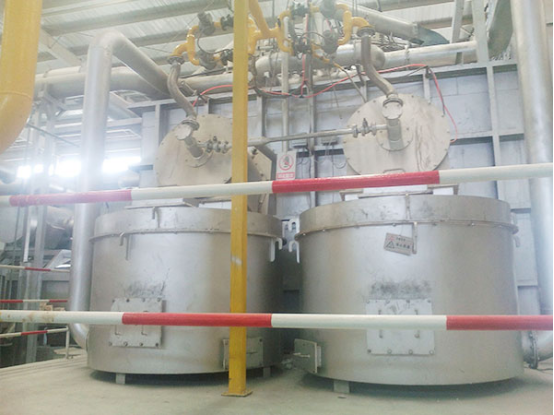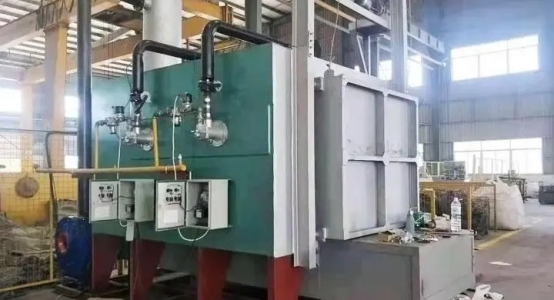The Advantages And Disadvantages of Regenerative Combustion Technology
Regenerative Combustion Technology
Regenerative combustion technology, also known as high-air temperature flameless combustion technology (referred to as high-efficiency regenerative technology), is a revolutionary technology in the energy-saving technology of flame furnaces and has been valued by combustion engineering. The limit of flame furnace energy-saving technology is to realize "zero" discharge of flue gas heat, so regenerative combustion technology not only provides the possibility in theory but also has seen its realistic prospect in practice.

This smelting technology has already been introduced in the last blog, needless to repeat the detailed introduction.
Today, let’s talk about its advantages and disadvantages.
The use of regenerative combustion technology has the following advantages:
1. The furnace temperature is more uniform.
Due to the semi-premixed diffusion combustion of gas and air in the furnace, there is no obvious flame observed by the naked eye, so the furnace temperature is more uniform, and there is no local high-temperature area; because each pair of regenerators has a combustion side and smoke exhaust side the positions are replaced alternately in a very short time, so there is no burning deviation, and the temperature on both sides of the furnace can be made even.
2. A wider range of fuel options.
With regenerative combustion technology, the air preheating temperature can be increased from 400°C to 600°C in the past to 800°C to 1100°C. Because the theoretical combustion temperature of the fuel is greatly increased, the choice of fuel is wider, especially the combustible 800x4. Low calorific value fuels below 18kJ/m3, such as blast furnace gas or other low calorific value low-quality fuels.
3. It can greatly save energy.
Since the temperature of the flue gas is reduced to below 150°C after passing through the regenerator, most of the sensible heat of the flue gas is transferred to the combustion-supporting air, realizing the ultimate recovery of the waste heat of the flue gas, so the fuel consumption of the furnace is greatly reduced.
4. The amount of NOx generated is less.
With the traditional energy-saving technology, the higher the combustion air preheating temperature, the greater the NOx content in the flue gas; while using the regenerative high-temperature air combustion technology, when the combustion air preheating temperature is as high as 800 °C, the amount of NOx produced in the furnace will decrease.
Instead, it decreases, since regenerative combustion is a semi-premixed diffusion combustion in a relatively low-oxygen state without a flame center, it does not have the conditions to generate a large amount of NOx. The NOx content in the flue gas is low, which is beneficial to protect the environment.
5. Good combustion stability.
Since the temperature of the combustion-supporting air is preheated above the self-ignition point of the fuel, the fuel can be ignited and burned as soon as it enters the furnace, which improves its own stability.
6. The combustion zone expands.
By organizing combustion in a low-oxygen atmosphere in the furnace, the volume of the flame is doubled, and the temperature field in the furnace is more evenly distributed, which is conducive to the uniform heating of the heated parts.
7. The temperature of the flue gas after passing through the regenerator is low, and the lining of the flue and chimney may not use heat-resistant materials.

Several shortcomings of regenerative combustion technology at present:
At present, my country's resource and environmental problems are becoming increasingly prominent, and it is urgent to fully implement high-efficiency and clean combustion technologies in high-energy-consuming industries.
Regenerative combustion technology, also known as high-temperature air combustion technology, is a new type of combustion technology that was promoted in developed countries in the 1990s.
It has high-efficiency smoke. The advantages of gas waste heat recovery, high air, and gas preheating temperature, and low nitrogen oxide emissions are mainly used in iron and steel, metallurgy, machinery, building materials, and other industrial sectors, and have shown a momentum of rapid development.
Up to now, we have obtained some patents of our own, and they have been widely used in China and achieved considerable economic benefits.

